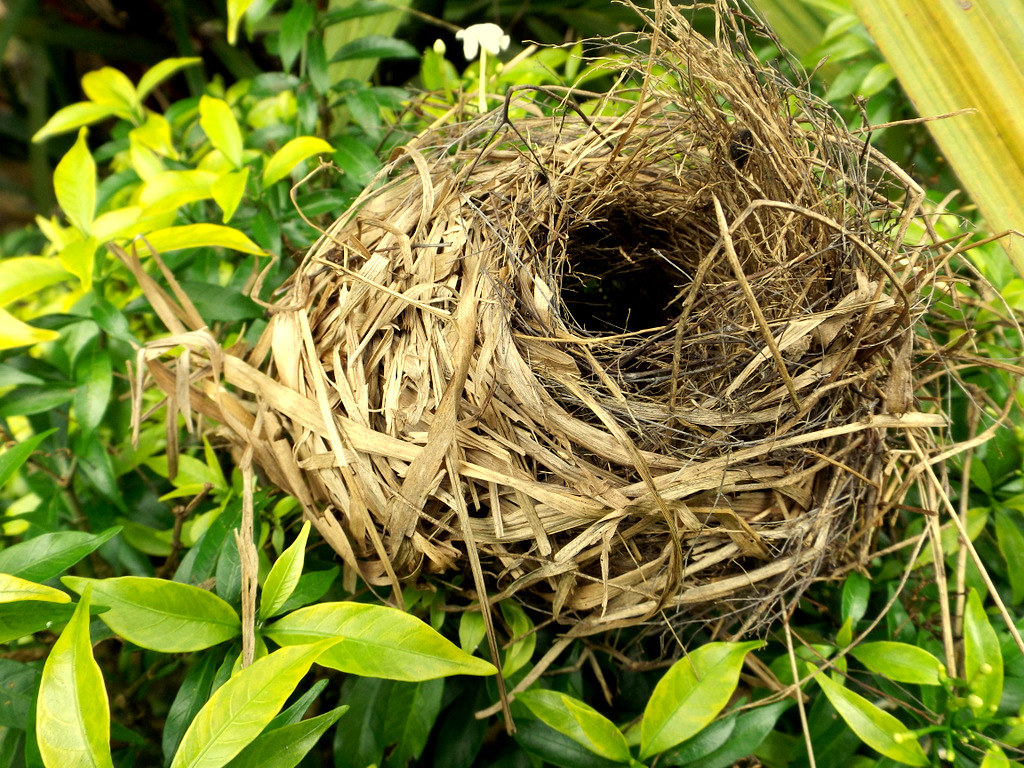One of my favorite projects so far this year was our first attempt at using the
sewing machines. The third grade class was given the challenge of creating something that would help someone else. This particular group of students decided that they wanted to make aprons for the Makerspace, so that students who were making messy projects could use them. They enlisted the help of a student's mom and grandma, who guided them through the whole process - drawing their pattern, learning how to use the machines, and actually sewing the aprons together.
What amazed me was just how much content was integrated into this one lesson. While creating the patterns, the group had discussions about symmetry, accuracy in measurement, and proportion. While learning about using the machines, their conversations were about coordination, precision, focus, and the definitions of the terms pressure and tension.
Then the best part began. Once the students were actively sewing, Grandmother started talking. She shared stories of her own experiences sewing, her experiences growing up, and what life was like when she was their age. The students were captivated. Mother shared with them how she uses sewing in her career and what other careers involved sewing and design like what they were doing. It made the project that much more meaningful and relevant to the third graders.
If there was any doubt in my mind as to how we would integrate curriculum into our Makerspace projects, watching this one group work completely convinced me!












